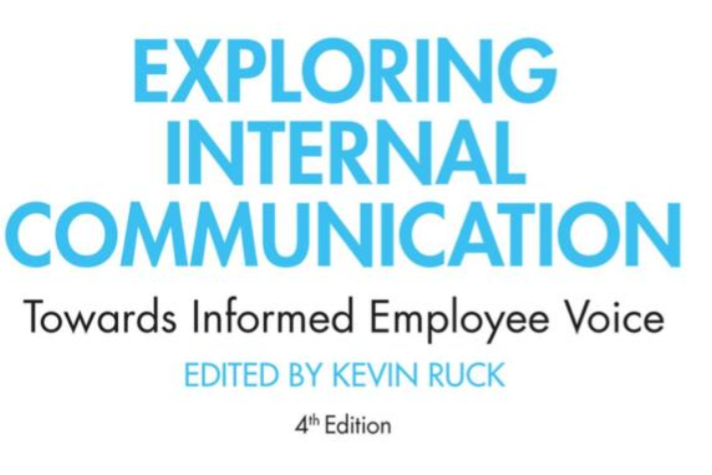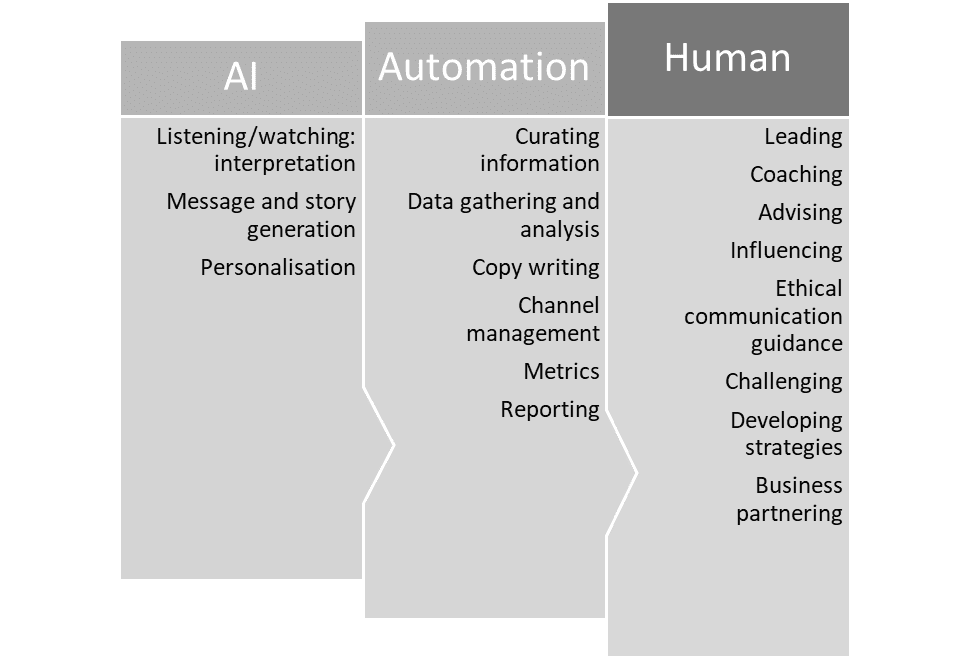New edition of Exploring Internal Communication published
As a text book, it is packed with theory, frameworks, concepts and models that have been established through research. These enable practitioners to reflect on current approaches to internal communication and explore new ways to develop strategies that are associated with organisational success and employee wellbeing.
Good practice is practice that is evidence-based and underpinned by frameworks that have been established through academic research.
Download Free Chapter: Exploring Internal Communication

We respect your privacy and handle your data with care. Please see our privacy policy.
Thank you for downloading your free chapter. Your download should start immediately.
If you asked us to keep you up to date with new guides and the latest industry insights, you will receive an email shortly asking you to verify the address we need to send them to.


